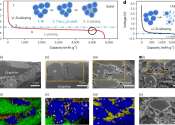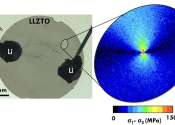Study defines a crucial parameter for the suppression of lithium dendrites in all-solid-state LiBs
All-solid-state lithium batteries (ASSLiBs), lithium batteries with solid electrolytes, are highly promising battery solutions, as they are often more stable than cells based on liquid electrolytes and have a higher capacity. ...









